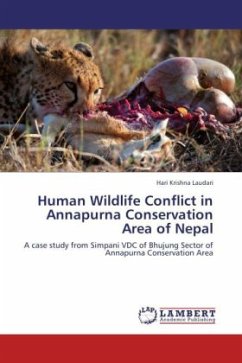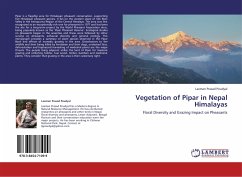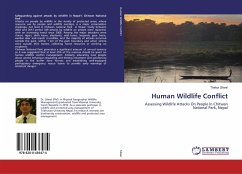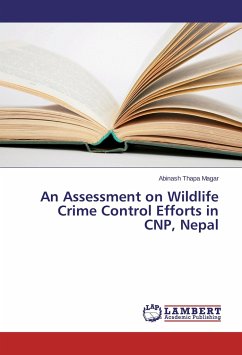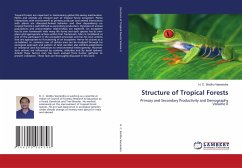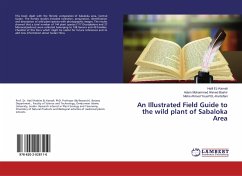Human Wildlife Conflict (HWC) has been aroused in Annapurna Conservation Area (ACA) due to high dependency of locals to the natural resources, and improper agricultural and animal husbandry practices that often lead to severe crop damage and livestock depredation. This study was carried out in Simpani VDC of ACA to assess the nature and extent of crop damage and livestock depredation that contributed HWC and to understand the general perception of locals towards problematic animals. The study revealed that conflict was higher in the settlements close to the forest. The crop damage and livestock depredation was increasing for past three years. The average financial loss in monetary term per household was 58% of average per capita income of Nepal i.e. $ 185.60. However, the people were positive to conserve the natural resources in spite of the severe losses. Integrated program should be made with great consultation with locals by recognizing their traditional right and practices and ecological and socio-economic condition of the concerned area. Income Generating Activities, NTFPs cultivation, improved livestock husbandry, provision of compensation are inevitable to reduce HWC.
Bitte wählen Sie Ihr Anliegen aus.
Rechnungen
Retourenschein anfordern
Bestellstatus
Storno

